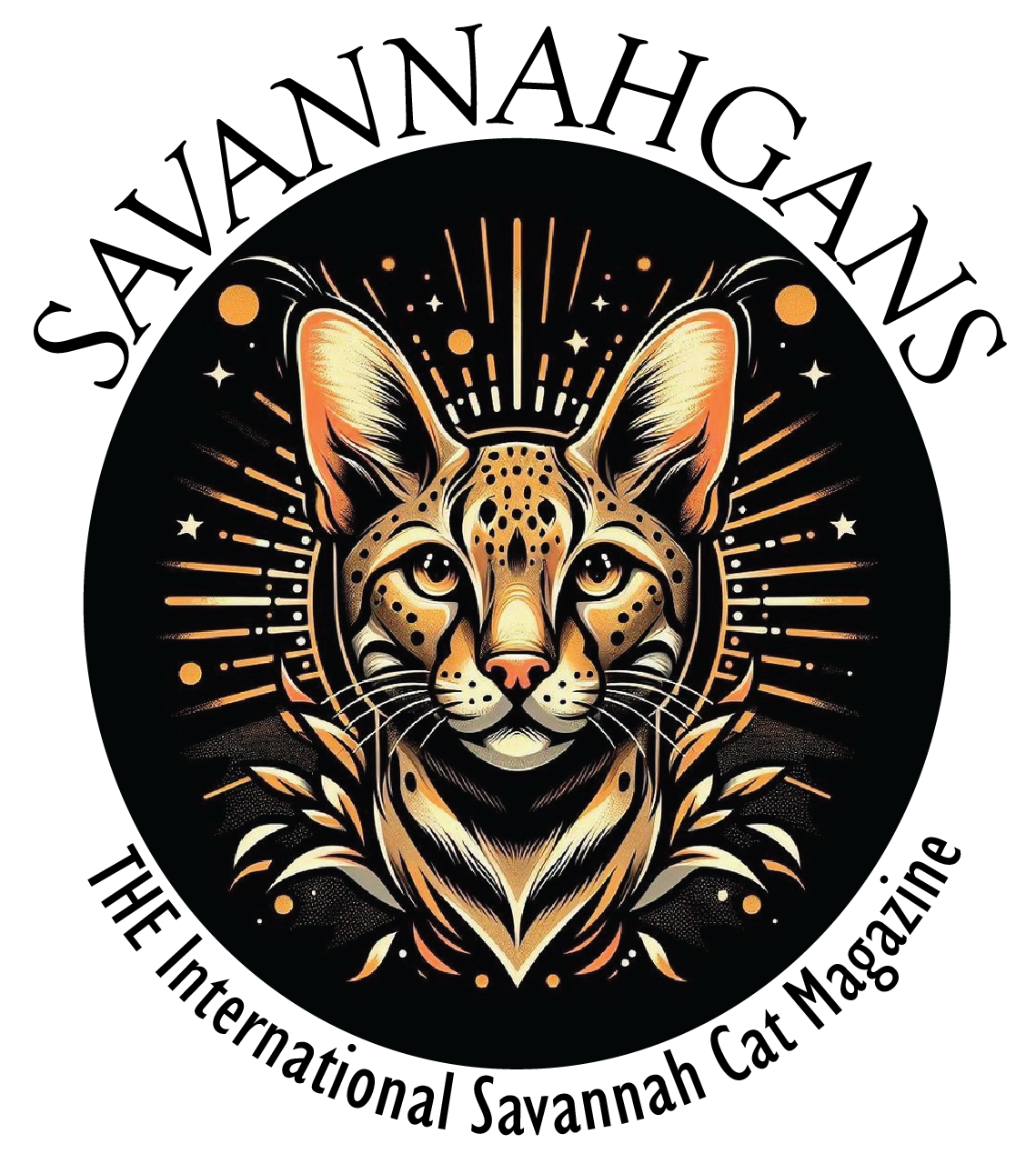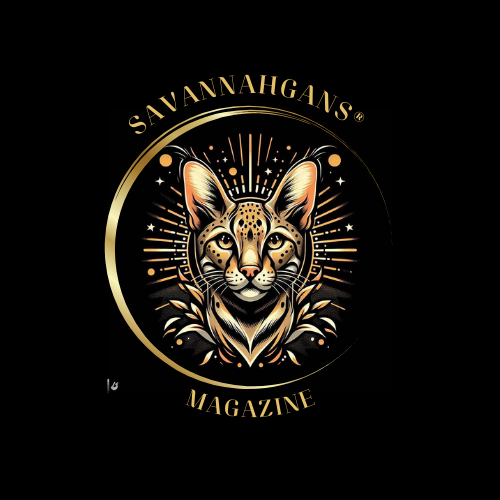Food For Thought: The Hidden Risks of Dry Cat Food
For years, dry cat food has been a convenient and popular choice for cat owners. It’s easy to store and affordable, and cats enjoy it. However, just because something is convenient doesn’t mean it’s the best choice. Feeding your cat a diet based primarily on dry food can lead to several health issues.
Let’s explore why dry food isn’t the best option and how to provide a healthier diet for your feline friend.
Low Moisture Content
Cats are naturally designed to get the most hydration from their food, as they evolved in desert-like environments. Wild cats consume prey that consists of about 70% water. In contrast, dry food contains only 10% moisture--or less, while wet food can provide around 70-80%.
Because dry food doesn’t offer the necessary hydration, cats fed primarily on kibble often suffer from chronic dehydration. Unlike dogs, cats don’t have a strong thirst drive, so they might not drink enough water to compensate for the lack of moisture in their food. Chronic dehydration can contribute to kidney disease, urinary tract problems, and other serious health issues.
Carbohydrate Overload
Cats are obligate carnivores, requiring a diet primarily based on animal proteins and fats. Their bodies aren’t designed to digest large amounts of carbohydrates, yet many dry cat foods contain significant grains, corn, and other plant-based fillers to help bind the kibble.
This carbohydrate-heavy diet can lead to weight gain, diabetes, and other metabolic problems in cats. While some dry foods are marketed as “grain-free,” they often substitute grains with other carbohydrates like potatoes or peas, which still provide an unnecessary carbohydrate load for cats.
Low Protein Quality
The protein content in dry food may seem high based on the label, but the quality of that protein is often questionable. Many dry cat foods use meat byproducts or plant-based proteins, which don’t offer the same nutritional value as high-quality animal proteins in wet or raw diets.
Cats only need specific amino acids, such as taurine, that’s found in animal tissues. When fed a diet high in low-quality proteins, cats may not receive the proper balance of essential nutrients, leading to deficiencies that can affect their heart, vision, and overall health.
Dental Health Misconception
One of the most common myths about dry cat food is that it helps to clean your cat’s teeth. The idea is that the crunchiness of kibble scrapes away plaque and tartar, keeping your cat’s teeth healthy. However, this claim doesn’t hold up to scientific scrutiny.
Most cats don’t chew their dry food thoroughly enough to clean their teeth, and the carbohydrates in the kibble can contribute to plaque buildup. Feeding your cat dry food as a dental aid is ineffective; regular brushing, dental treats, and professional cleanings are far better ways to maintain oral health.
Obesity Concerns
Because dry food is calorie-dense and often high in carbohydrates, cats primarily eating kibble are at a higher risk of becoming overweight or obese. The higher fat and carbohydrate content in dry food can make it more difficult to control portion sizes, and free-feeding cats (leaving food out all day) only adds to the problem.
Obesity in cats can lead to a variety of health issues, including joint problems, diabetes, heart disease, and reduced quality of life. On the other hand, wet food is typically lower in calories and can be portioned more easily, making it easier to manage your cat’s weight.
Risk of Urinary Tract Issues
Because dry food lacks moisture, cats on a dry food diet may not produce enough urine to flush toxins and waste from their bodies efficiently. This can lead to concentrated urine, increasing the risk of urinary tract infections (UTIs) and blockages, especially in male cats.
A lack of hydration in the diet is often linked to feline lower urinary tract disease (FLUTD), a painful and potentially life-threatening condition. Ensuring your cat gets enough moisture through food prevents these urinary issues.
Dry food often contains artificial additives, preservatives, and flavor enhancers to extend its shelf life and make it appealing. These additives may have long-term health consequences and are unnecessary in a natural feline diet. Cats don’t need synthetic flavorings or colors, and their bodies may struggle to process the chemicals.
What’s the Alternative?
Feeding your cat a natural, moisture-rich diet is key to their health and well-being. Here are some healthier alternatives to dry food:
Wet Food: Canned food provides much-needed moisture, higher-quality proteins, and fewer carbohydrates. Buy wet food with a high protein content and minimal fillers.
Raw or Fresh Diets: Raw or home-cooked diets can offer your cat the most natural nutrition, though they require careful planning and preparation
Mixed Feeding: Some cat owners find success by combining wet food with small amounts of dry food, allowing their cats to enjoy the convenience of kibble while still benefiting from the hydration and nutrition of wet food
Conclusion
While dry cat food may seem easy and affordable, its low moisture content, high carbohydrate levels, and potential to contribute to obesity and other health problems make it less than ideal for cats. Switching to a moisture-rich, high-protein diet can help prevent many common feline health issues and improve your cat’s quality of life.
Always consult your veterinarian before making significant changes to your cat’s diet, especially if your cat has existing health issues. A balanced, species-appropriate diet will give your cat the best chance for a long, healthy life.

